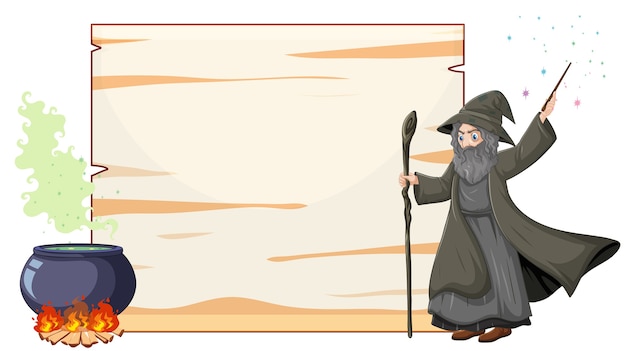Fascinating Facts about the Wizard of Oz

The Wizard of Oz was originally a children’s novel written by L. Frank Baum.
The book was first published in 1900.
It was later adapted into a famous film in 1939 starring Judy Garland as Dorothy.
The ruby slippers worn by Dorothy were actually silver in the book.
The film adaptation changed the color to take advantage of Technicolor.
The Emerald City in the story is said to be inspired by the 1893 World’s Columbian Exposition in Chicago.
The Wicked Witch of the West’s famous line I’ll get you, my pretty, and your little dog too! was ad-libbed by Margaret Hamilton on set.
The film was a box-office disappointment upon release but gained popularity over time.
The Wizard of Oz is widely regarded as one of the greatest films of all time.
The film was nominated for several Academy Awards, including Best Picture.
The story has been adapted into numerous stage and screen adaptations since its original release.
Somewhere Over the Rainbow won the Academy Award for Best Original Song.
Dorothy’s dog, Toto, was played by a Cairn Terrier named Terry in the film.
The film’s director, Victor Fleming, also directed another beloved classic, Gone with the Wind.
The slippers worn in the film were actually stolen multiple times from the MGM studio.
The original manuscript for the book is currently housed in the Library of Congress.
The film was one of the first to use Technicolor for its vibrant color sequences.
Fascinating Facts about the Wizard of Oz part 2
The novel has spawned multiple sequels and spin-offs written by other authors.
The film’s script went through numerous revisions during production.
The Munchkins in the film were played by children and adults of short stature.
The film was re-released in theaters several times, becoming a favorite of subsequent generations.
The story of the Wizard of Oz has been parodied and referenced in countless other films and TV shows.
The iconic film has inspired numerous pop culture references, including the famous phrase There’s no place like home.
The Wizard of Oz was the most expensive film MGM had ever made at the time of its release.
The film’s special effects, particularly the tornado sequence, were revolutionary for the time.
The Wizard of Oz has been preserved by the United States National Film Registry for its cultural significance.
The film’s success led to MGM producing additional fantasy films, such as The Secret Garden and The Thief of Bagdad.
Dorothy’s last name is Gale in the story.
The Oz series by L. Frank Baum consists of a total of 14 books.
The Munchkin village was created entirely inside a soundstage.
Despite its popularity, L. Frank Baum never received significant financial gain from the publication of The Wizard of Oz.
The film’s original budget was around $2.77 million.
The film’s production faced several challenges, including changing directors and frequent script revisions.
The Wizard of Oz has been acknowledged as a feminist work for its strong female lead and themes of empowerment.
The film’s release marked the first time many American households owned a television, contributing to its widespread viewership.
The role of the Wicked Witch of the West was initially offered to Gale Sondergaard but was turned down.
The film’s success helped secure Judy Garland’s place as an iconic Hollywood star.
The Wizard of Oz has been adapted into a critically acclaimed stage musical, which premiered in 1902.
The character of the Scarecrow was influenced by the farmers’ movement and their perceived lack of intelligence.
Baum’s story has been interpreted as an allegory for the monetary debate during the late 1800s.
The film’s original opening sequence was cut, which depicted Dorothy’s farm life in sepia tone.
The Wizard of Oz has been praised for its memorable characters and timeless themes of friendship, courage, and home.
The film’s success led to a series of unofficial sequels and spin-off films in the 1980s and 1990s.
The film’s famous line There’s no place like home was voted the 23rd greatest movie quote of all time by the American Film Institute.
The Wizard of Oz remains a beloved and enduring piece of American popular culture.

